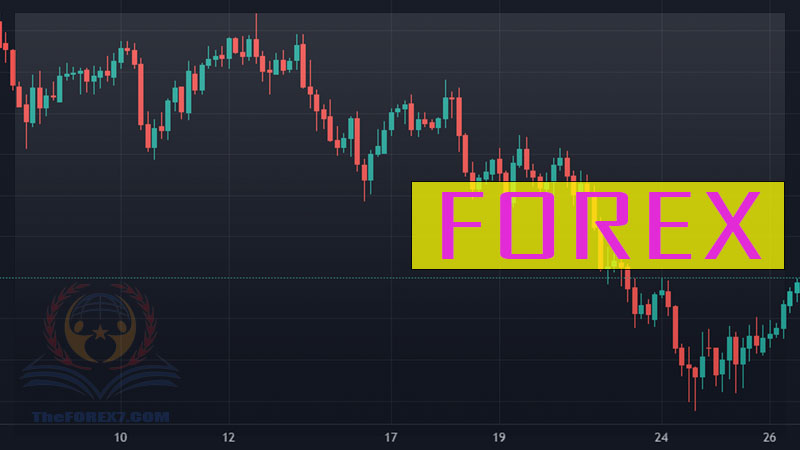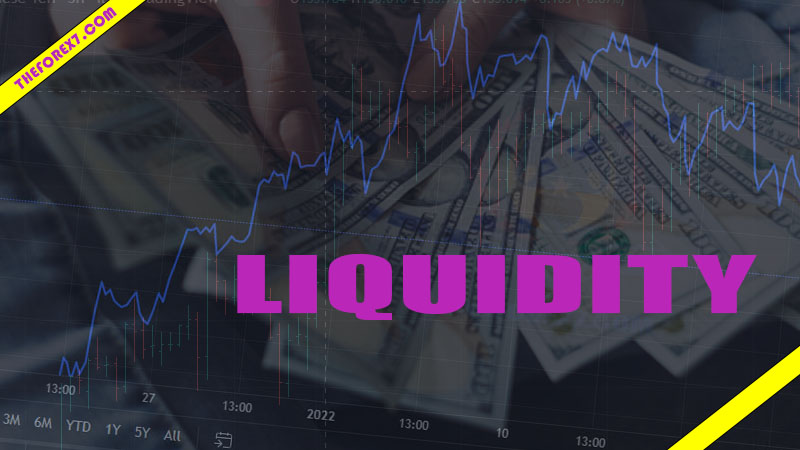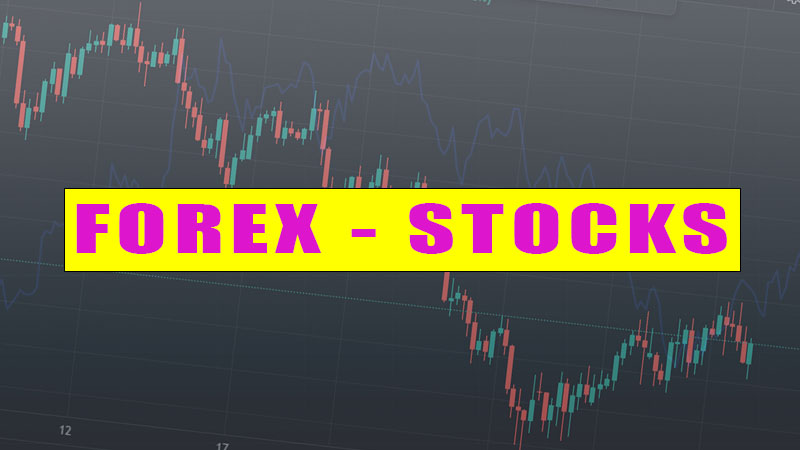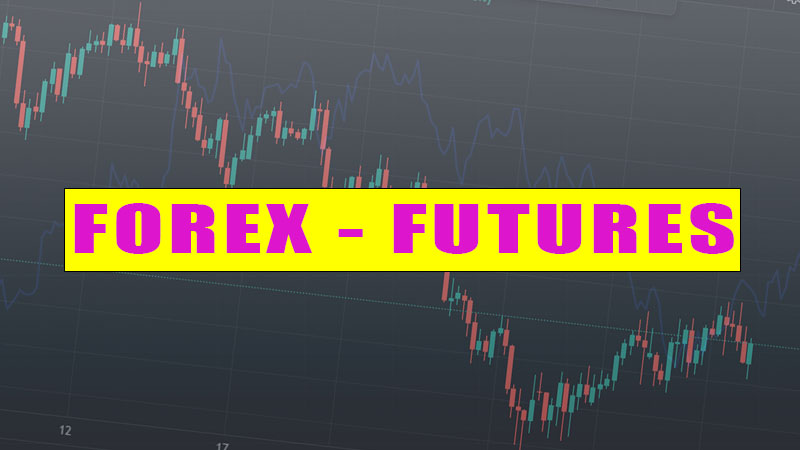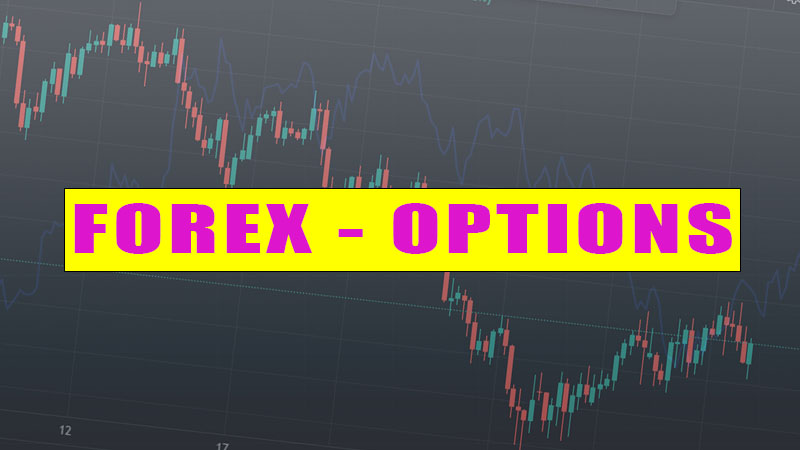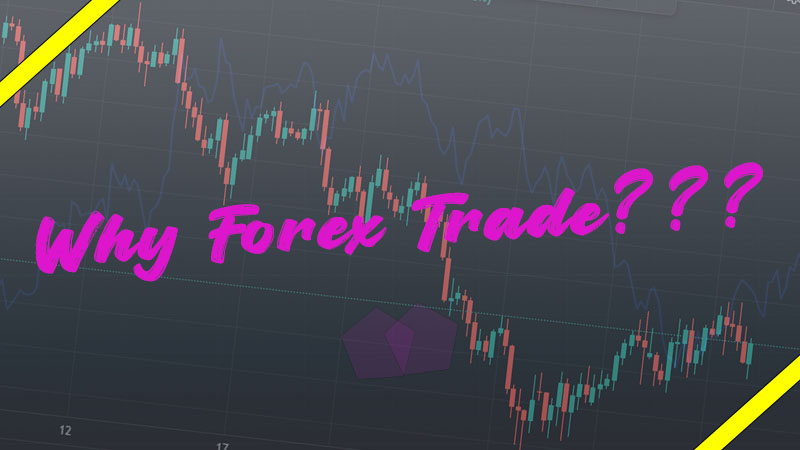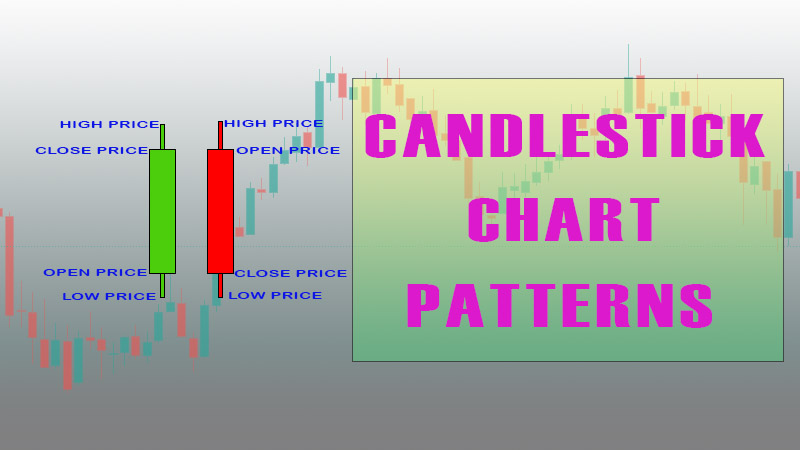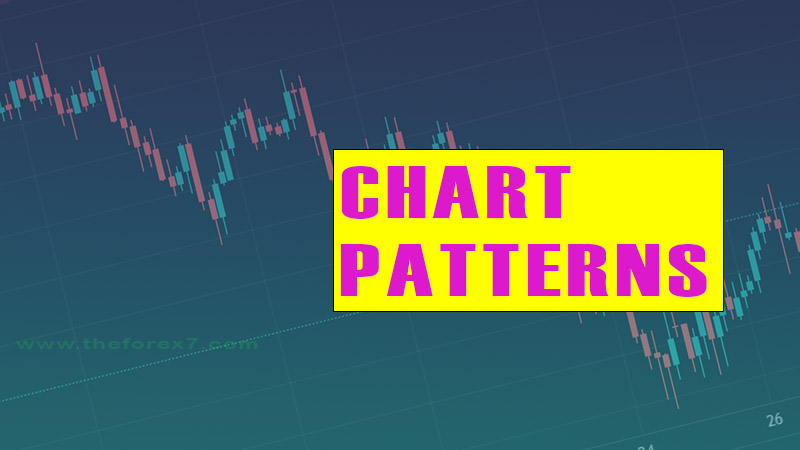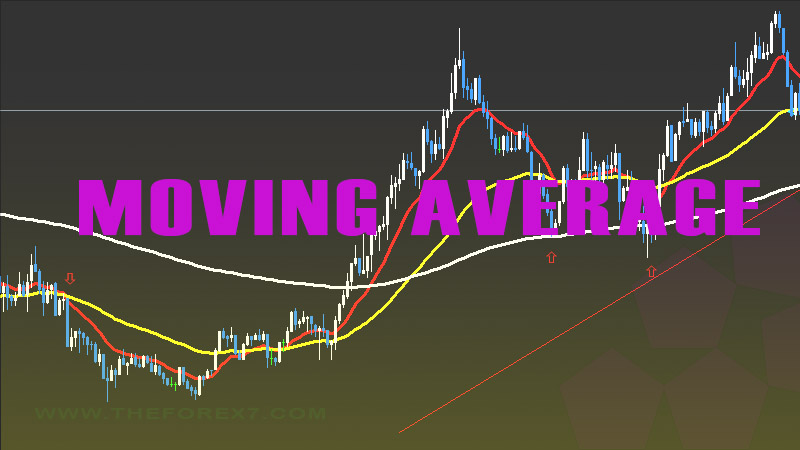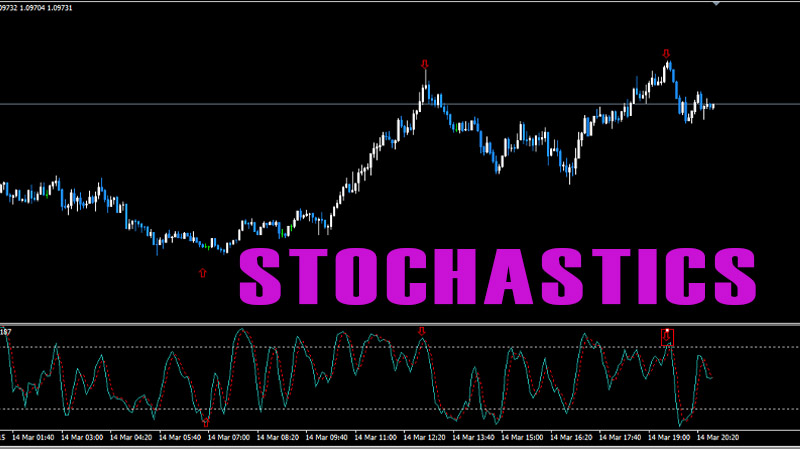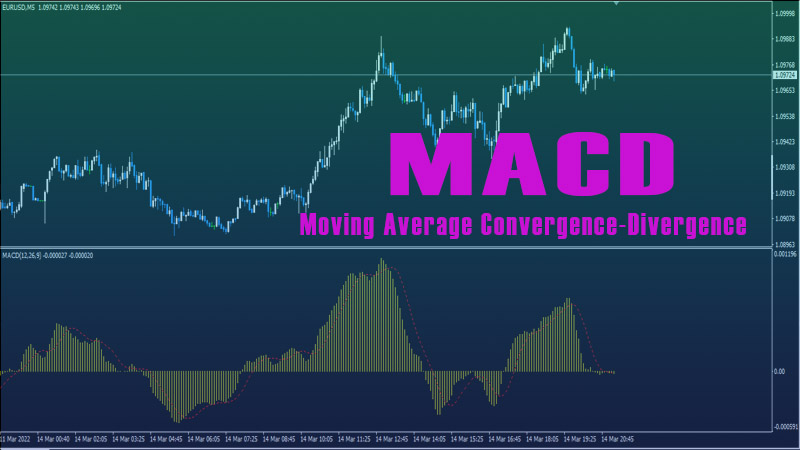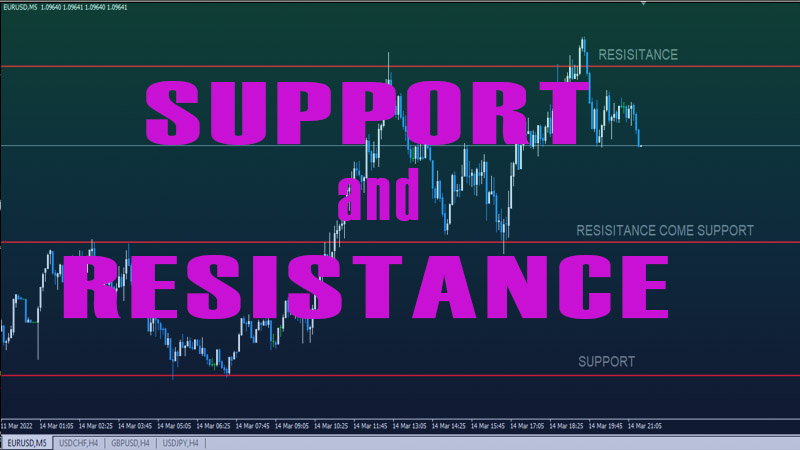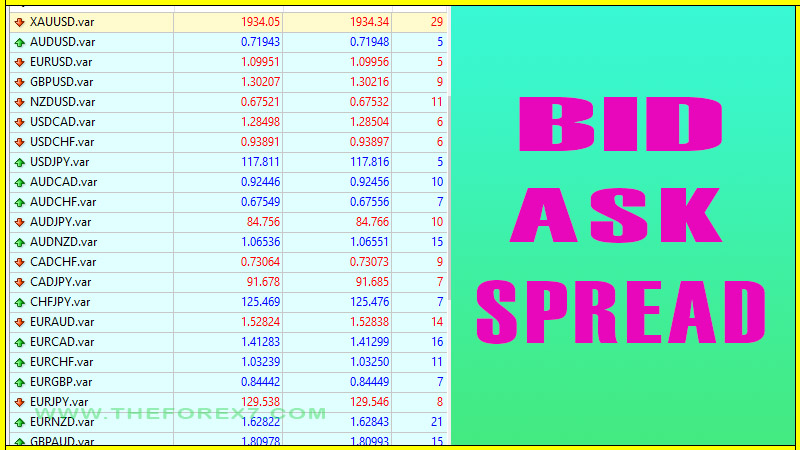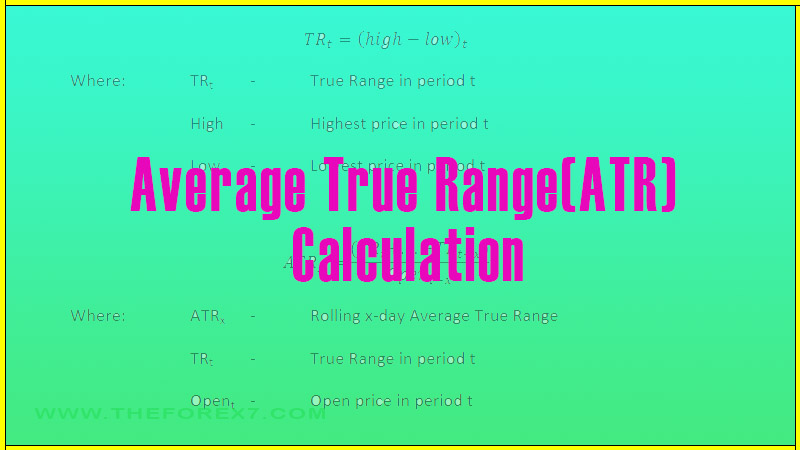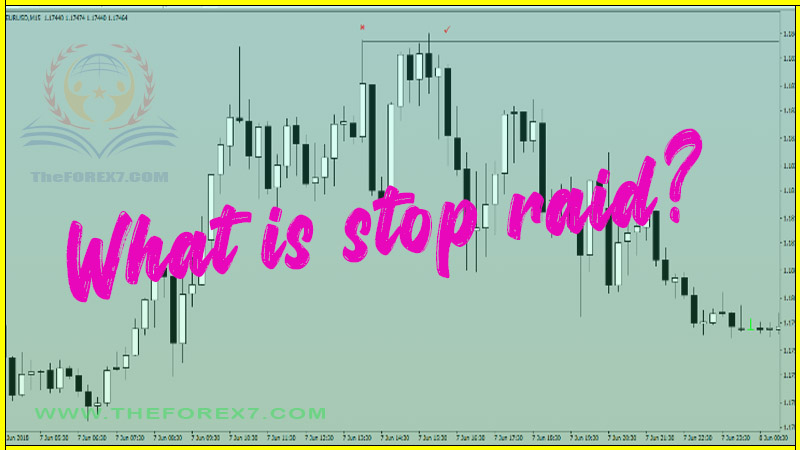Technical Analysis of the Forex Market – Beginner’s Guide
What is technical analysis | Technical analysis of Bitcoin trading | Cryptocurrency trading | intraday trading
Course: [ Top Trading Strategy ]
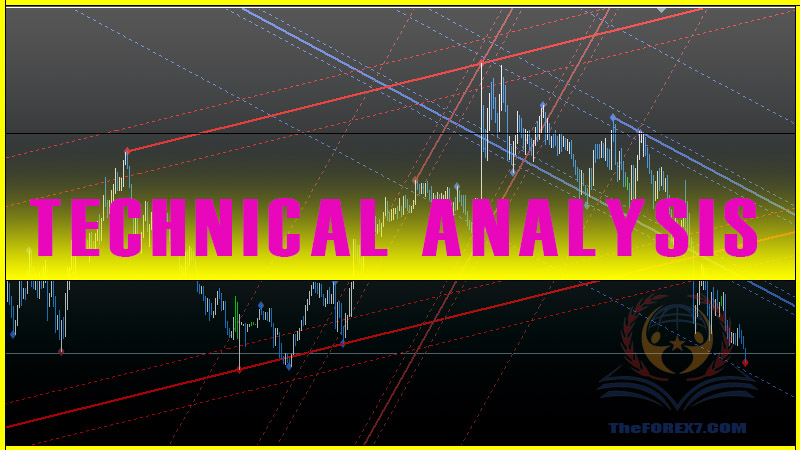
Technical analysis is a method of predicting future price movements by looking at market-generated data, which in the Forex market, is the price data.
Technical Analysis of the Forex Market
The section seeks to teach you how to apply and decipher the various technical indicators to identify trending and ranging phases, spot predictable chart patterns, and use certain rules to enter and exit a high-probability trade. All successful Forex traders use some technical analysis in their trading. There is no Holy Grail mix of technical indicators that is "the best" because technical indicators should be just components of your own personalized trading system and not systems in and of themselves.
Introduction to Technical Analysis of The Forex Market
What is Technical Analysis?
Technical analysis is a method of predicting
future price movements by looking at market-generated data, which in the Forex
market, is the price data.
Technical analysis assumes that:
- All
market fundamentals and market psychology are already reflected in the
actual prices, therefore, actual market fundamentals and various emotions like
fear, greed, hope, and differing opinions of market participants need not
be studied separately.
- History
tends to repeat itself because the market participants tend to give a
consistent reaction to similar market stimuli over time. Hence, markets
move in fairly predictable, or at least quantifiable, patterns. These
patterns, generated by price movement, are called signals. The goal of
technical analysis is to try to identify trend signals given off in a
current market by examining past market signals.
- Prices
move in trends and do not fluctuate randomly. They can move in one of
three directions: up, down, or sideways. Once a trend in any of these
directions is established, it will usually continue for some period.
The primary tool of technical analysis is price charts. Price patterns and trends can be identified by looking at the price charts, and traders use them to determine entry and exit levels. There are also many technical analysis tools available as well which can provide traders with more information on market psychology, and they fall under two main categories: trend-following and momentum indicators. Trend-following indicators are said to be lagging, whereas momentum indicators are said to be leading. You will learn more about these later on.
Technical Analysis and the Forex Market
Technical analysis can be applied to any
security with historical price data. It works particularly well in the Forex
market because short-term currency price fluctuations are mainly driven by
human emotions or market perceptions and because the majority of the market
participants are traders.
Technical Forex traders are not concerned with
comments made by government officials and politicians regarding currencies or
interest rates. They believe that the message of the statements will be
contained in the currency prices that they are monitoring. Technical traders,
in essence, follow the lead of traders who track fundamental news. They do not
initiate market movements.
Trading Forex solely based on technical analysis
may not be a good idea because fundamentals can trigger technical movements
that are not expected on the currency charts. For example, a price breakout may
turn out to be false before or after the release of certain economic data or
currency-related comments from government officials. Thus, it is recommended to
take both technical and fundamental factors into consideration when planning
your trades.
The Dow Theory
The Dow Theory was developed in the late 1890s
by Charles Dow, one of the founders of The Wall Street Journal, and is the
oldest theory in technical analysis. It states that prices fully reflect all
existing information. The theory was developed primarily around stock market
averages and postulates that there are three movements in the market: primary,
secondary, and minor.
The goal of the theory is to determine changes
in the primary movement of the market. Once a trend has been established, it is
assumed to continue until a reversal signal is given. The limitation of the Dow
Theory is that it has no forecasting value as to the duration of size of the
trend. The basic principles of the theory are applied in other branches of
technical analysis.
Top Trading Strategy : Tag: Top Trading Strategy, Forex : What is technical analysis | Technical analysis of Bitcoin trading | Cryptocurrency trading | intraday trading - Technical Analysis of the Forex Market – Beginner’s Guide

